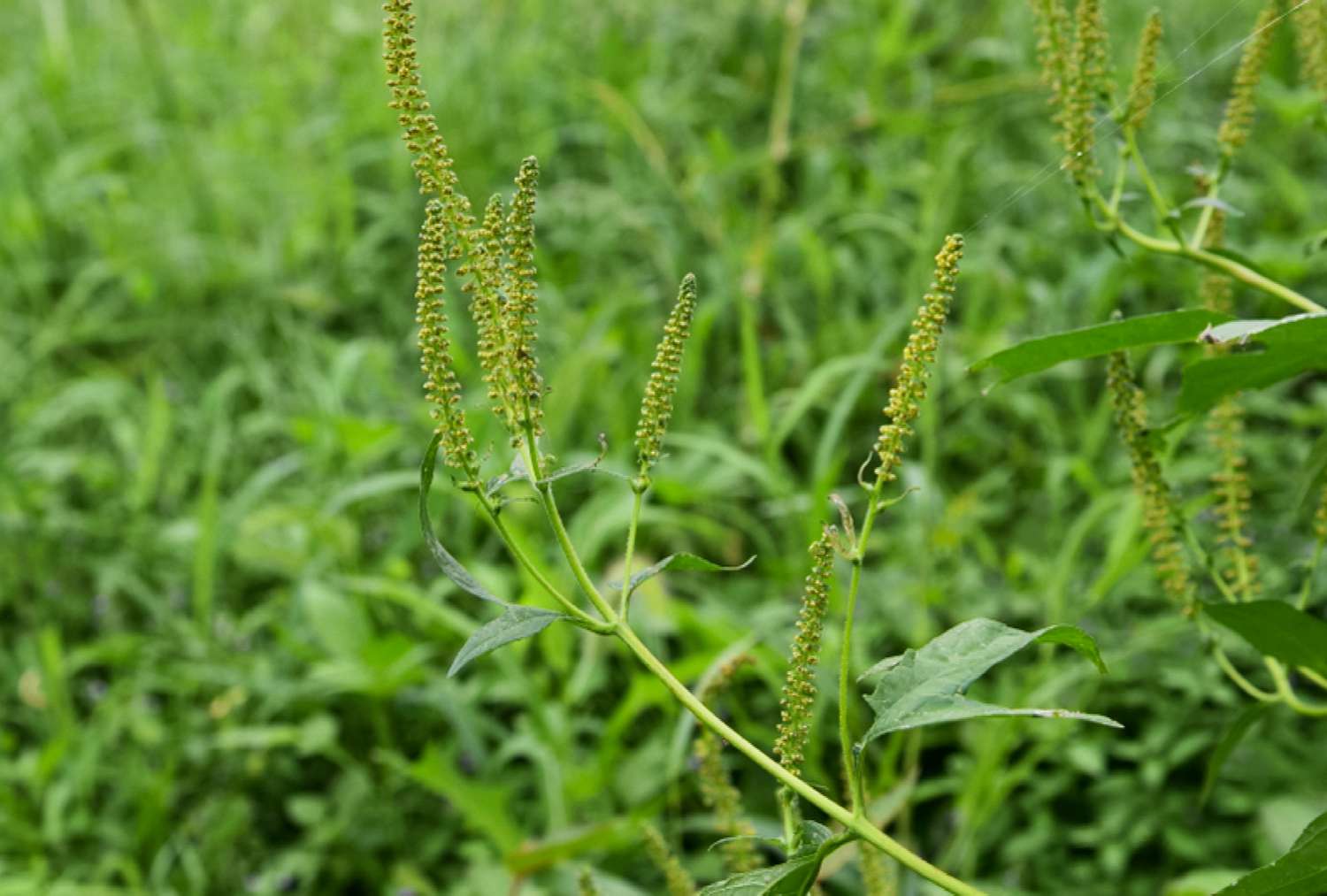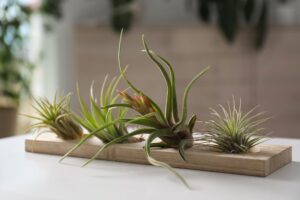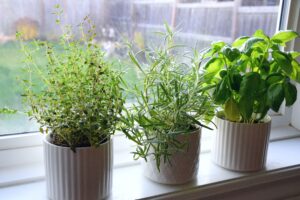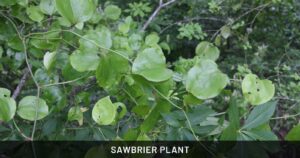How to Identify and Avoid Ragweed: A Complete Guide
Ragweed is one of the most notorious allergens in the United States, affecting millions of Americans each year during its peak season. If you’re among the estimated 23 million Americans who suffer from ragweed allergies, learning to identify and avoid this troublesome plant is essential for managing your symptoms. This comprehensive guide will help you recognize ragweed in various environments, understand its growth patterns, and implement effective strategies to minimize your exposure.
What Is Ragweed and Why Should You Care?
Ragweed (Ambrosia spp.) is a flowering plant in the Asteraceae family native to North America. Despite its innocuous appearance, ragweed is responsible for approximately 50% of all pollen allergies in the United States. A single ragweed plant can produce up to one billion pollen grains per season, and these lightweight particles can travel hundreds of miles on the wind.
According to the Centers for Disease Control and Prevention, ragweed pollen is a significant public health concern that affects quality of life and productivity for millions of Americans.
Key Facts About Ragweed
- Prevalence: Found in all 50 states, with highest concentrations in the Midwest and Eastern states
- Growing Season: Typically blooms from August to November, with peak pollen production in September
- Pollen Production: One plant can release up to 1 billion pollen grains
- Allergic Impact: Causes symptoms in up to 23 million Americans annually
How to Identify Common Ragweed Species
There are several ragweed species in the United States, but two types account for most allergic reactions: common ragweed (Ambrosia artemisiifolia) and giant ragweed (Ambrosia trifida). Learning to identify these plants is the first step in avoidance.
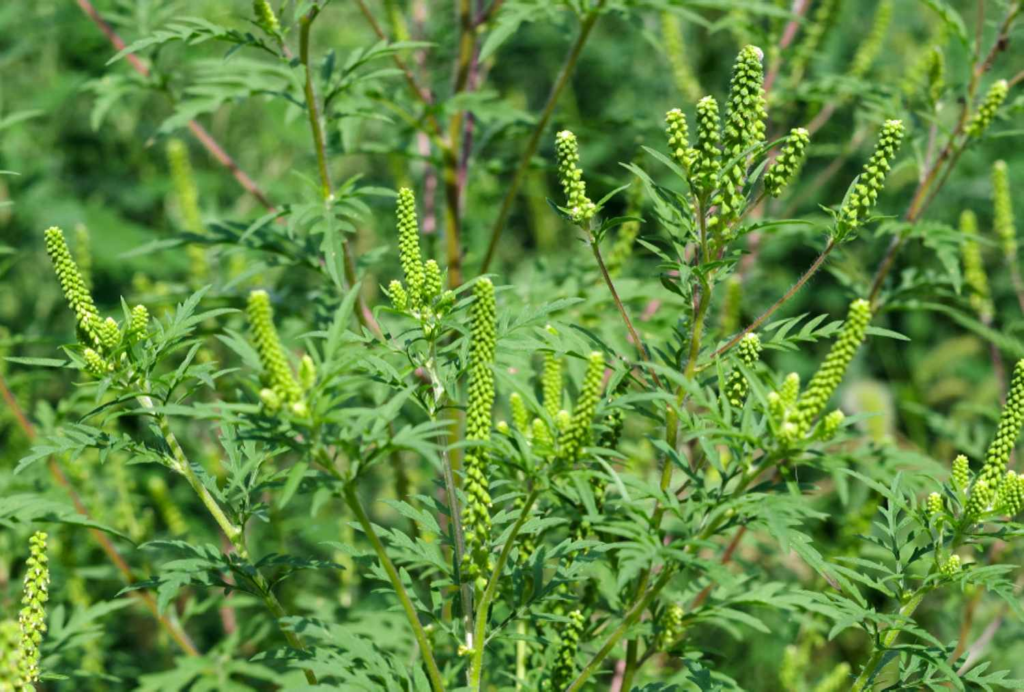
Common Ragweed (Ambrosia artemisiifolia)
Common ragweed typically grows 1-3 feet tall and has the following identifying characteristics:
- Leaves: Fern-like, deeply lobed green leaves with a lacy appearance
- Stem: Hairy, light green stems that often have a reddish tinge
- Flowers: Small, green, inconspicuous flowers arranged in slender spikes at the top of the plant
- Habitat: Thrives in disturbed soil, vacant lots, roadsides, and agricultural fields
Giant Ragweed (Ambrosia trifida)
As its name suggests, giant ragweed is considerably larger than its common counterpart:
- Height: Can grow up to 15 feet tall
- Leaves: Large, three to five-lobed leaves that resemble maple leaves
- Stem: Thick, hairy stems with a square cross-section
- Flowers: Similar to common ragweed, but larger and in more substantial clusters
- Habitat: Often found in floodplains, stream banks, and fertile agricultural land
Other Ragweed Species to Watch For
Several other ragweed species exist in North America, including:
- Western ragweed (Ambrosia psilostachya): Perennial with less-divided leaves
- Southern ragweed (Ambrosia bidentata): Recognized by its lance-shaped leaves
- Bur ragweed (Ambrosia grayi): Distinguished by its bur-like fruit
Ragweed Look-Alikes: Plants Often Confused with Ragweed
Many people mistakenly identify other plants as ragweed, which can lead to unnecessary avoidance or failure to remove actual ragweed. Here are some common look-alikes:

| Plant | How It Resembles Ragweed | Key Differences | Allergenic Potential |
|---|---|---|---|
| Goldenrod (Solidago spp.) | Blooms at same time, yellow flowers | Bright yellow showy flowers, pollen too heavy to become airborne | Low – not a significant allergen |
| Mugwort (Artemisia vulgaris) | Similar leaf structure | Aromatic smell when crushed, silvery undersides of leaves | High – can cause cross-reactivity |
| Queen Anne’s Lace (Daucus carota) | Lacy leaf appearance | White flower clusters in flat umbels, carrot-like smell | Low |
| Joe Pye Weed (Eutrochium spp.) | Similar name, tall growth habit | Purple-pink flowers, whorled leaf arrangement | Low |
| Wormwood (Artemisia absinthium) | Belongs to same plant family | Silvery-gray foliage, aromatic | Moderate |
When and Where Ragweed Grows
Understanding ragweed’s growth cycle and preferred habitats can help you avoid it during peak pollen seasons.
Seasonal Growth Pattern
Ragweed follows a predictable annual cycle:
- Spring (April-May): Seeds germinate and young plants begin to grow
- Summer (June-July): Plants develop foliage and grow to full size
- Late Summer/Fall (August-October): Flowering occurs and pollen is released
- Fall/Winter: Plants die after first hard frost, but seeds remain viable in soil
Geographic Distribution
Ragweed is found throughout the United States, but its prevalence varies by region:
- Highest Concentrations: Midwest, Northeast, and Southern states
- Moderate Levels: Western states
- Lower Levels: Pacific Northwest, Alaska, and Hawaii
According to the United States Department of Agriculture, ragweed has been documented in every state, making it a nationwide concern.
Common Habitats
Ragweed thrives in specific environments:
- Disturbed soils and construction sites
- Agricultural fields and field edges
- Vacant urban lots
- Roadsides and highway medians
- River banks and floodplains
- Neglected gardens and yards
Health Impacts of Ragweed Exposure
Ragweed pollen is one of the most potent triggers of seasonal allergic rhinitis, commonly known as hay fever. Understanding the symptoms can help you recognize when ragweed might be affecting you.
Common Ragweed Allergy Symptoms
When you’re exposed to ragweed pollen, you might experience:
- Sneezing and runny or stuffy nose
- Itchy or watery eyes
- Itchy throat or inside of ears
- Sinus pressure and headaches
- Decreased sense of smell or taste
- Difficulty sleeping
- Fatigue
- Irritability
For those with asthma, ragweed can also trigger:
- Increased coughing and wheezing
- Shortness of breath
- Chest tightness
When to Seek Medical Attention
While most ragweed allergy symptoms can be managed at home, you should consult a healthcare provider if:
- Symptoms persist despite over-the-counter treatments
- Allergies interfere with daily activities or sleep
- You experience wheezing or shortness of breath
- Symptoms lead to sinus infections
- You’re unsure whether symptoms are from allergies or another condition
The National Institute of Environmental Health Sciences provides additional resources on when to seek medical help for severe allergic reactions.
Effective Strategies to Avoid Ragweed Exposure
Minimizing your contact with ragweed pollen requires a multi-faceted approach. Here are practical strategies to reduce your exposure:
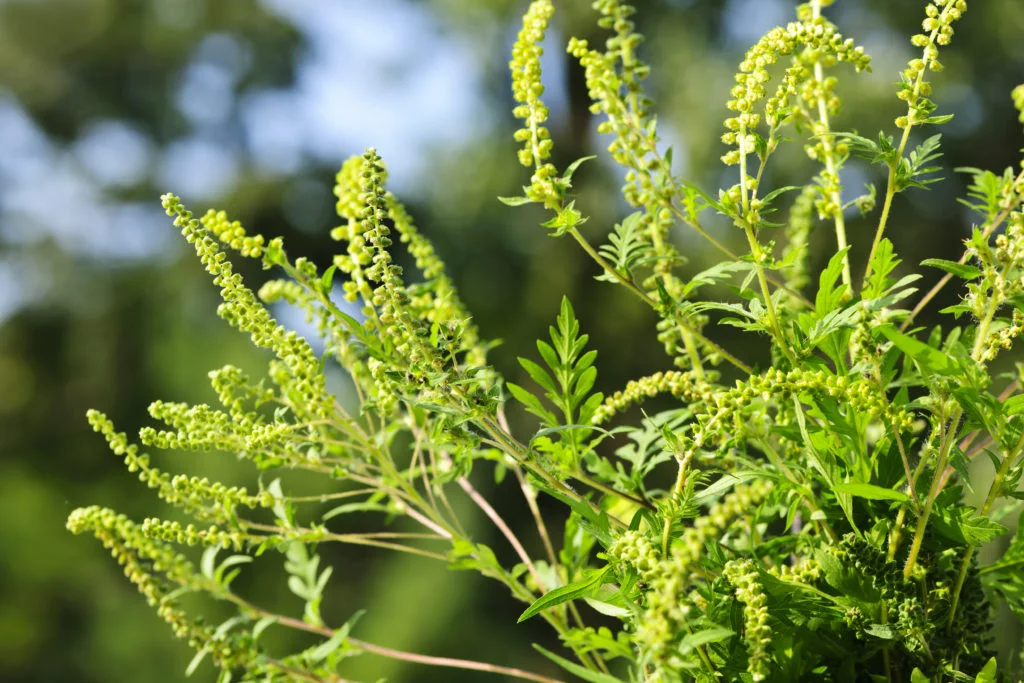
Outdoor Avoidance Strategies
- Track local pollen counts through weather apps or the National Allergy Bureau
- Limit outdoor activities during peak pollen hours (typically 10 AM to 3 PM)
- Wear a mask when gardening or mowing the lawn
- Avoid hanging laundry outside during ragweed season
- Wear sunglasses to protect your eyes when outdoors
- Remove ragweed from your property before it flowers
Indoor Protection Measures
- Keep windows closed during ragweed season
- Use high-efficiency particulate air (HEPA) filters in your home
- Change clothing and shower after spending time outdoors
- Wash bedding weekly in hot water
- Vacuum frequently with a HEPA-equipped vacuum
- Consider using a portable air purifier in bedrooms
Personal Care Considerations
- Rinse your sinuses with saline solution to remove pollen
- Wash your hair before bedtime to avoid transferring pollen to your pillow
- Keep pets clean as they can bring pollen indoors on their fur
- Use allergen-proof pillowcases and mattress covers
- Consider wearing a mask for yard work or when pollen counts are high
How to Remove Ragweed from Your Property
If you identify ragweed on your property, taking action to remove it can significantly reduce your exposure to its pollen.
Safe Removal Techniques
When removing ragweed:
- Wear protective gear: Gloves, long sleeves, pants, and a mask
- Time it right: Remove plants before they flower, typically before August
- Pull carefully: Extract the entire root system to prevent regrowth
- Dispose properly: Place in sealed plastic bags for trash collection
- Clean up: Wash tools, gloves, and clothing after handling ragweed
Long-term Prevention Strategies
To keep ragweed from returning:
- Regularly mow areas where ragweed commonly grows
- Apply mulch to bare soil areas to prevent seed germination
- Plant dense ground covers or competing vegetation
- Monitor disturbed soil areas where new plants might emerge
- Consider appropriate herbicides for large infestations (consult local extension office)
Medicinal and Treatment Options for Ragweed Allergies
While avoidance is ideal, medication can help manage symptoms when exposure is unavoidable.
Over-the-Counter Options
Several medications can provide relief:
- Antihistamines: Block histamine to reduce sneezing, itching, and runny nose
- Nasal corticosteroids: Reduce inflammation in nasal passages
- Decongestants: Relieve nasal congestion (use only as directed)
- Eye drops: Alleviate itchy, watery eyes
- Saline nasal sprays: Rinse allergens from nasal passages
Prescription Treatments
For more severe cases, your doctor might recommend:
- Prescription-strength antihistamines or corticosteroids
- Leukotriene modifiers: Block chemicals that cause allergy symptoms
- Allergy shots (immunotherapy): Gradually desensitize your immune system
- Biologics: Newer targeted treatments for severe allergic conditions
The U.S. Food and Drug Administration provides up-to-date information on approved allergy treatments.
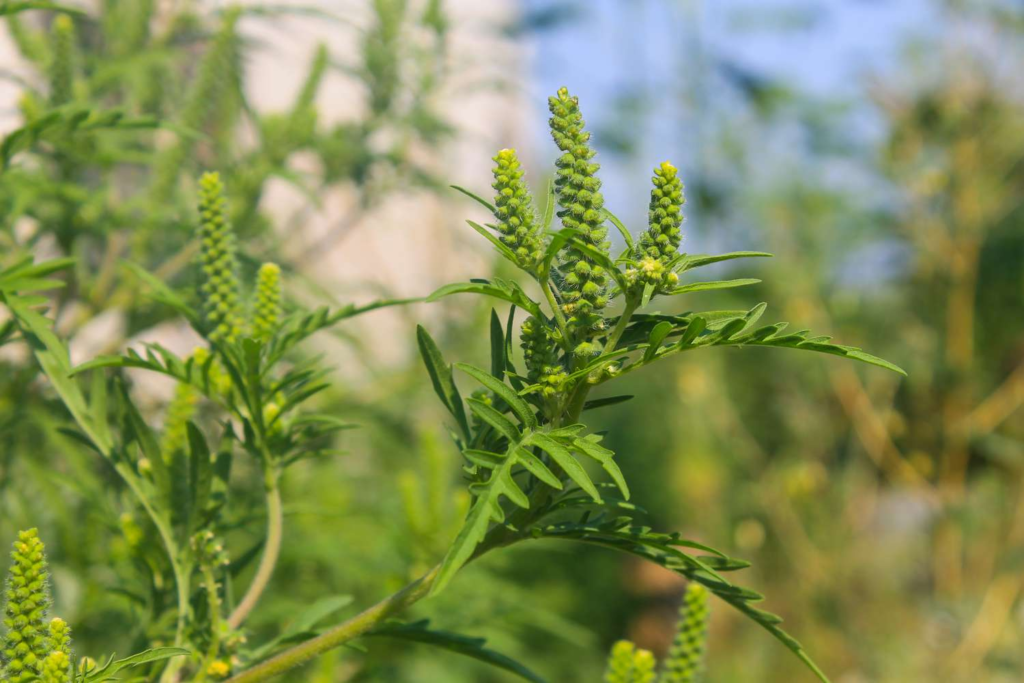
Climate Change and the Future of Ragweed
Research indicates that climate change is affecting ragweed growth patterns and pollen production in concerning ways.
Increasing Challenges
Several climate-related factors are exacerbating ragweed problems:
- Longer growing seasons: Warmer temperatures extend the ragweed season
- Increased CO2 levels: Higher carbon dioxide concentrations stimulate plant growth and pollen production
- Geographic expansion: Changing climate zones allow ragweed to spread to new areas
- Increased pollen potency: Environmental stress may increase allergen concentration in pollen
According to the Environmental Protection Agency, the ragweed pollen season has lengthened by as much as 27 days in some parts of North America since 1995.
Conclusion: Living Well Despite Ragweed
While ragweed presents significant challenges for allergy sufferers, understanding how to identify, avoid, and manage exposure to this plant can dramatically improve your quality of life during allergy season. By combining environmental awareness, preventive measures, and appropriate medical treatment, you can minimize the impact of ragweed on your health and well-being.
Remember that local resources, including county extension offices and public health departments, often provide region-specific information about ragweed control and management. With the right knowledge and tools, you can enjoy outdoor activities year-round with fewer allergy symptoms.
For more information on ragweed and other allergens, visit the National Institute of Allergy and Infectious Diseases website.
